Time and time again the same challenges arise: A lack of visibility into processes, disparate process documents, overly complicated processes, outdated processes and process documentation, and poor governance making for complicated auditing. These inefficiencies can create a major productivity drain that disengages teams and is therefore of great concern to organisations of all sizes and structures.
We've supported many organisations in overcoming these challenges and striving for process excellence. Process excellence is achieved by investing in process automation and process mapping tools (that can support visibility into processes and digitisation of repetitive processes) alongside an organisational culture of continuous process improvement.
So how can process mapping help and what do you need to know about it?
What is process mapping?
Process mapping is the action of visually representing a process, workflow, or sequence of activities. Referred to by a number of names, such as a flowchart, value-add chain diagram, document map, and others, a process map offers pictorial insight into the individual steps of a business process and the individuals responsible for them. Process mapping is used to support continuous improvement of organisational operations.
A strong process mapping tool unites your processes in a central area, making accessing relevant information and evaluating and updating processes simple. In supporting thoroughly considered and well communicated processes, process mapping can support cost savings, better efficiency, improved customer and employee experience, increased agility, reduced non-compliance, and more.
Learn more about business process mapping (BPM) and management here
The current process mapping landscape
Processes sit at the heart of all organisations. A desire for productivity, particularly in the face of reduced profit margins, lack of visibility, and lack of resource, has powered an increased push for process automation and process management.
Traditionally, automation required heavy coding and mapping tools felt disparate – with process maps that were difficult to locate, navigate, or unify – making both solutions lengthy, costly, and difficult to scale. However, modern process automation and process mapping tools have come to embrace the benefits of process excellence whilst circumventing inefficiencies, high costs, and reliance on technical expertise, offering agile, easy-to-use, centralised solutions that support collaboration and efficiency.
Modern process tools can be implemented in a matter of days, allowing for process improvement whenever you’re ready.
Advantages of process mapping
- Visibility and control over your processes
- Clear ownership and increased accountability
- Improved consistency and compliancy
- Empowered employees
- Increased efficiency and productivity
- Improved collaboration across organisations
- Cost savings
Process mapping best practices
When it comes to process mapping a good tool can do a lot, but it will only take you so far. You need to ensure that you’re approaching process mapping following best practices to ensure that the implementation of your solution is smooth and it delivers its full potential. So, what do these best practices look like?
First and foremost, it is important to come prepared. Know your processes. Consider these processes from a number of angles: what is their output? Which are most integral to your operations? Who is responsible for them? Where are the major inefficiencies you’ve noticed? Which processes are you most unsure of/lacking visibility into? This not only informs the act of process mapping it also allows you to best prioritise your time and resources and set clear goals for yourself.
Top Tips from our expert
To cover further best practises, one of Synergi’s process experts, Senior Business Process Consultant, Denise Jones, offered some top tips.
Ask questions about your processes and process culture
It is vital to first identify which processes are business critical and address why – what is their value add? Then consider which processes might be redundant. This will allow for a clearer understanding of how to streamline your processes and where to invest your time, attention, and resources.
Consider more widely how your processes are connected to your structure and infrastructure. Which IT systems underpin or link to each process? Which functions is the process supporting? What is it that you would like the process to achieve once optimised? How does this impact or overlap with your infrastructure or organisational day-to-day? This allows you to take a new, wider perspective on your process mapping that can sometimes get missed in a hyperfocus on individual processes in isolation. This also allows you to identify required inputs and necessary boundaries when creating new processes.
Reflect on your organisation in its current state. What are the most notable manual, repetitive processes? Where is there most risk for human error? What is your attitude to process improvement? How often are your processes reviewed? Process mapping is a powerful tool, but it requires a culture of continued innovation and improvement to support its potential. Questions such as these are a helpful reminder of where efficiencies can be found and how efficiency can be supported culturally within your organisation.
Start off simple
When first approaching mapping a new process, start simple. Identify a clear end goal. Define individual steps that will allow you to obtain necessary inputs and complete the actions required to achieve your mapped goal. Do not try and overcomplicate the initial steps with too much information or too many involved parties. Start with these basic steps and allow them to inform your next actions, ensuring that at every stage you have visibility into your actions and process development and key information is not getting lost in a messy or overcomplicated communication process.
Clearly assign ownership
A fairly simple but exceptionally important point. The best way to ensure processes remain compliant and are regularly reviewed for improvement is to assign clear accountability and ownership to an appropriate member of your organisation. This will empower them to innovate their processes where appropriate, as they feel responsible for their success, whilst also allowing for clear contact points when discussion around a process is necessary.
Process Mapping Tools:
The tools supporting your process excellence journey
How Synergi can help
Synergi’s experts have seen and supported a lot of process improvement. We can help guide you through the implementation of process mapping tools, offering expert training, keep you up to date on the latest innovations, technologies, and developments, and use our hands-on experience with process innovation and automation to help you approach your processes, define your solution, and develop a culture of process excellence.
To find out more, get in contact using the form below.
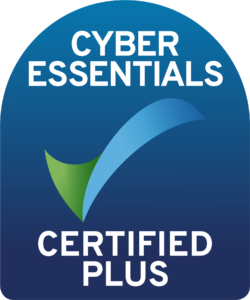
Cyber Essentials Certified Plus
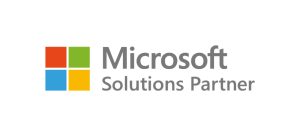
Microsoft Solutions Partner
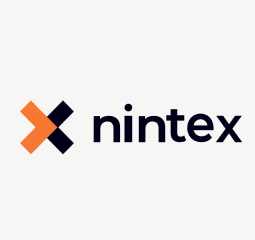
2021
Nintex Partner Award for Customer Success (EMEA)
2020
Nintex Partner Award for Business Transformation
2019
Regional Spotlight Nintex Partner Award

UK Nintex Premier Partner

Crown Commercial Service

Sophos Gold Partner
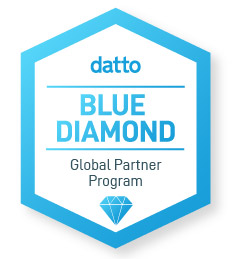
Datto Blue Diamond Partner
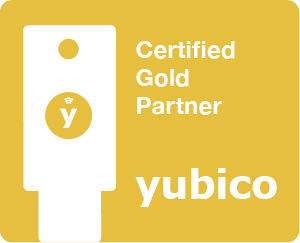
Yubico Gold Partner
YES! I want to know more ...
Get in touch with our friendly team of experts. Start your digital transformation journey today.
Call: +44 (0) 191 477 0365
Follow us
Contact us
2 Staithes
The Watermark, Gateshead
NE11 9SN
Call: +44 (0) 191 477 0365
Email: enquiries@teamsynergi.co.uk
- © 2024 Synergi.
- Terms & Conditions
- Privacy Policy
- Cookie Policy
- Sitemap
Design & Build by Mediaworks
